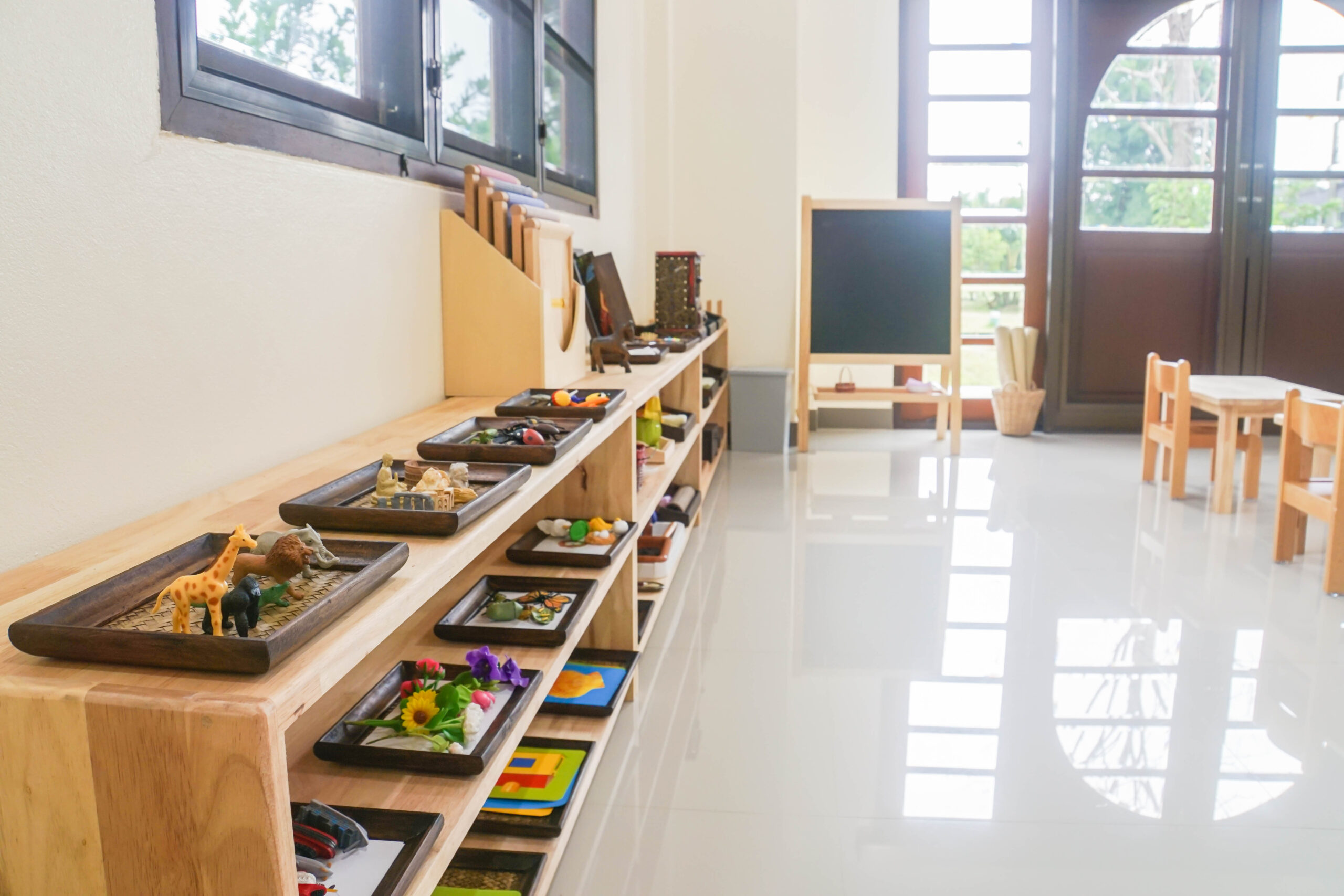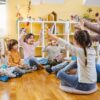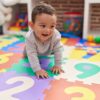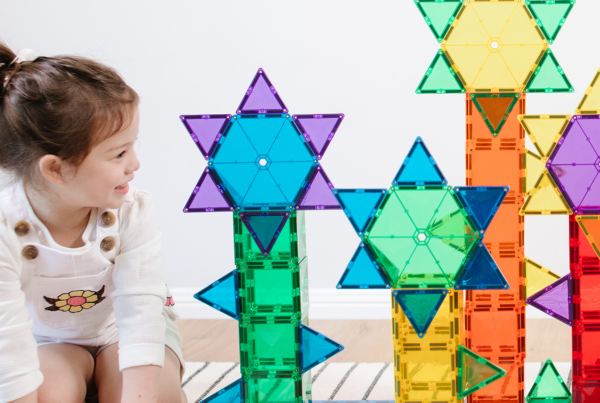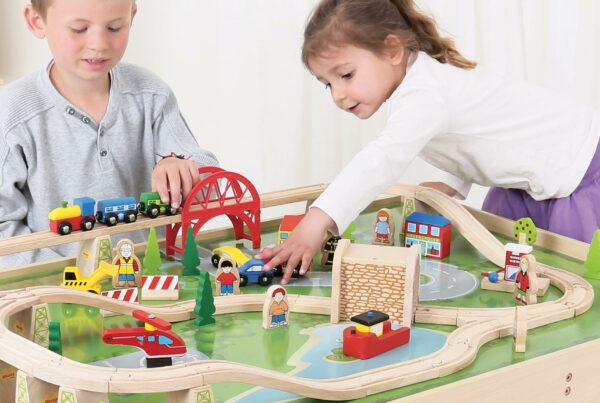If we were to design an educational environment based on what we now know about how children learn best, what would it look like?

The figure you see above is a typical child. Well, not the child you see, but a physical representation of the average human learner in proportion to the amount of the brain devoted to various sensorimotor organs. Thanks to brain imaging technology we know that the hands get the most space in the brain of any sensorimotor organ. So an educational method based on latest brain research would need to focus on hands-on learning because that’s how children learn best. Makes sense, right? Young children are still developing their ability to comprehend language so it offers an evolutionary advantage to learn without language.
Brain imaging technology has also given us a better understanding of the all-important Executive Functions. These are the critical skills for modern life that allow children to take initiative, plan and prioritise to meet goals, self-reflect and monitor how they’re doing, keep feelings in check when it isn’t appropriate to express them, and be organised enough to keep track of things. During brain scans the pre-frontal cortex lights up like a Christmas tree when children are making decisions and regulating their own emotions. Repetition of freely chosen tasks trains the brain to deal with novel tasks that involve these executive functions. So an educational method based on latest brain research needs to offer children the opportunity to choose their own tasks and repeat them at will for as long as they feel they need to, but no longer. And this may be different for each child in a classroom.
If we were going to design a learning environment based on preparing children for a 21st century workforce, what would that look like?
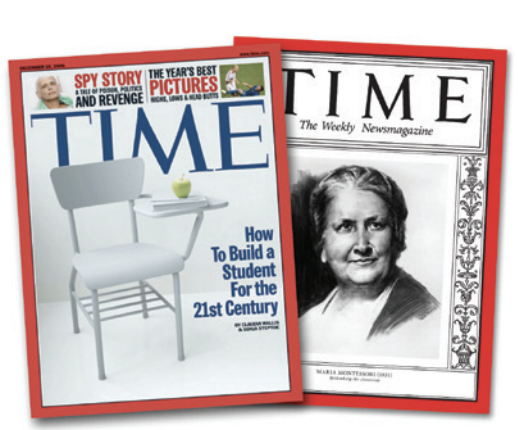
In 2006 Time Magazine ran a cover story on education in the 21st century. The authors predicted that to succeed in a world awash with rapidly changing information, schools will need to help children think laterally, become aware global citizens, develop good people skills, and learn to manage new sources of information well. They concluded that memorising large amounts of discrete and often unrelated information would no longer be necessary – and this was before the proliferation of these tiny highpowered computers we all carry around now that put the entire opus of human knowledge at our fingertips!
Repetitive work, on factory assembly lines as well as in white collar jobs, is increasingly being automated because computers do this better than people – and they don’t need time off! Human jobs of the future will involve skills that are more difficult for computers, such as cleaning jobs or serving coffee (manual dexterity), caring for others (empathy), writing or inventing (creativity and originality), or visual arts (any combinations of these). Rather than recalling bits of memorised information, workers of the Digital Age will need to be able to ask the right questions then locate information from various sources and media. Pablo Picasso said of early computers of the 1960s, “They’re useless, they can only give you answers!”
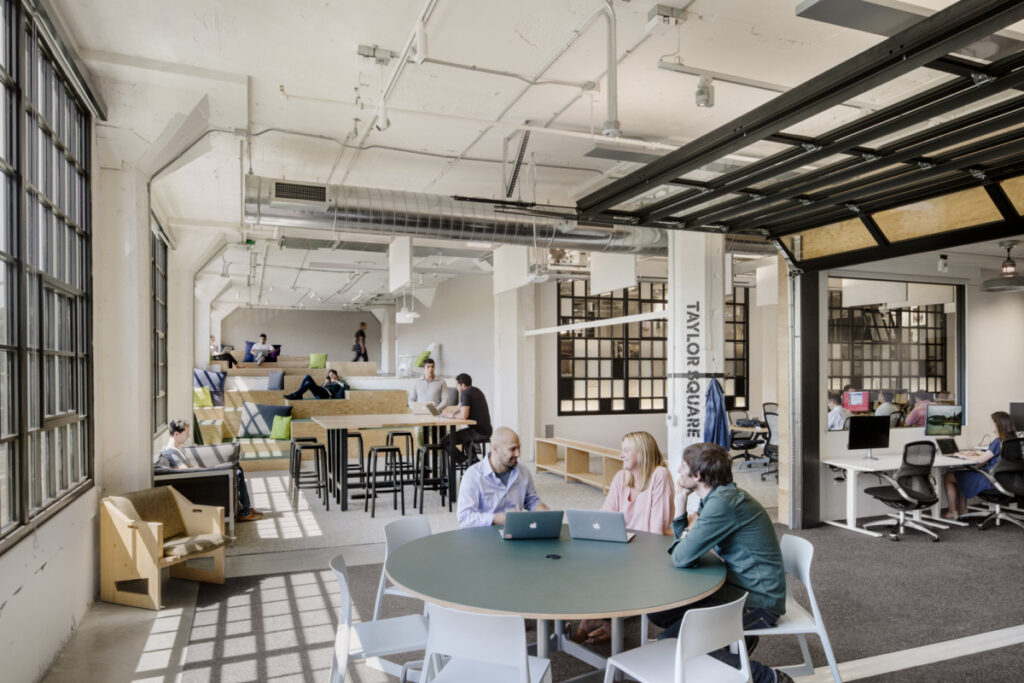

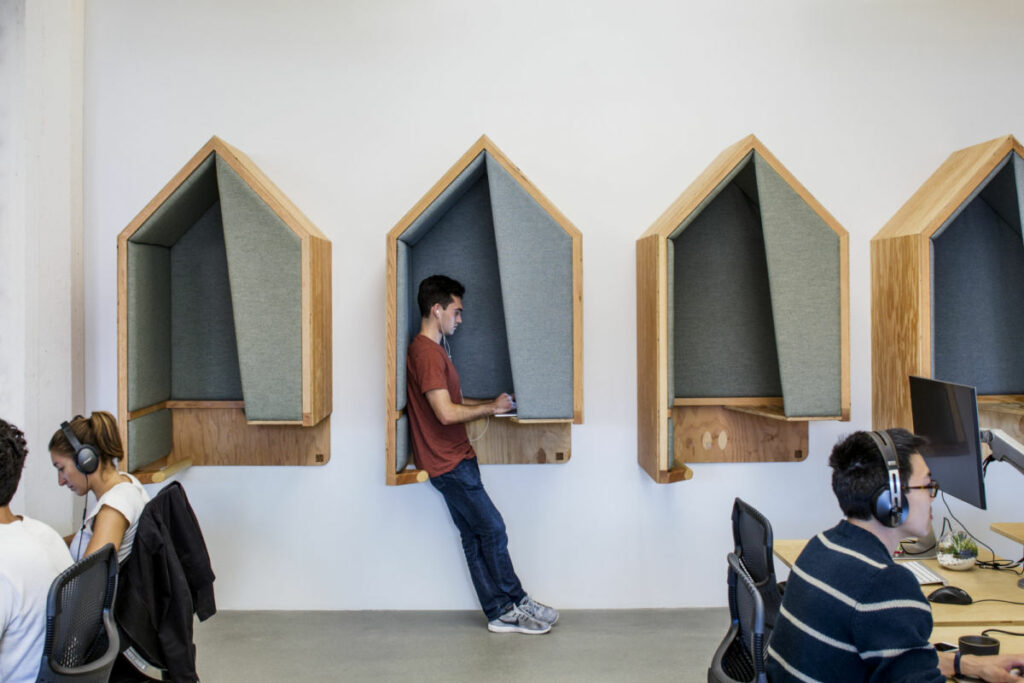
Modern workplaces like AirBnB Headquarters in San Francisco (above) no longer value obedience, memorisation and repetition, but instead are places where mistakes are encouraged as learning opportunities and a premium is placed on collaboration as a way for employees to up-skill one another. Employees in modern workplaces are given freedom within limits and lots of choice over the direction they take because this encourages self-motivation and a determination to follow-through. They’re given uninterrupted work periods because this encourages focus and concentration and allows them to get into a highly productive state of “flow” where they are at their most creative.
What would a learning environment look like if it was designed to prepare people for modern workplaces based on what we know about how children learn best? Ironically such innovative learning environments have been around for 115 years.
Dr Maria Montessori was recognised in her time as an educational innovator well ahead of her time. She appeared on the cover of Time in 1931 with the caption “Rethinking the Classroom.” Based on decades of scientific observation of how children learn, Montessori designed an educational approach based on key principles that children construct knowledge from their experience in the world, that learning is something that humans do naturally, that it happens best when it’s not forced, and that children are self-motivated by being given lots of appropriate choice. Notice any similarities between the image above of AirBnB Headquarters and the design of a Montessori classroom to its left?
Dr Montessori’s aim was not to prepare children for the workplace, but to encourage in children a love of freely chosen work, for its own sake rather than because of tests, prizes or other external motivations. By developing a supportive environment aligned to the way children naturally learn children spontaneously express the finest of their human tendencies, free of competitive aggression. Montessori students learn to be both independent and interdependent thinkers, and they thrive in the modern world. The founders of Google, Amazon, Wikipedia and the Sims, among many other creative entrepreneurs, all found their spark in Montessori schools.
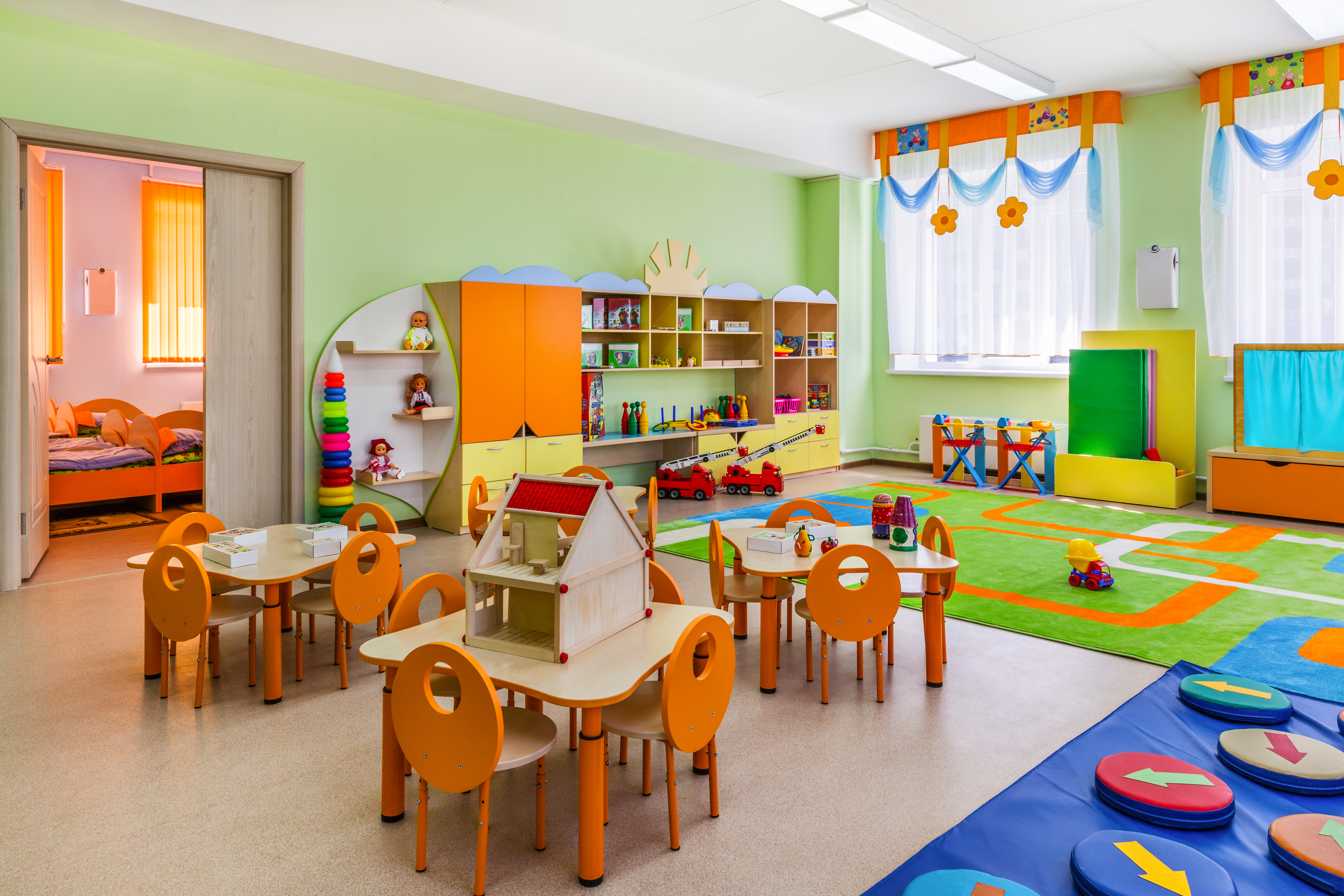
Montessori is a worldwide movement. There are over 22,000 Montessori schools in 110 countries worldwide with the most rapid growth now in China. Some countries (including Thailand) have adopted Montessori as their country’s official pedagogy. There are over 5,000 Montessori schools in the United States including about 500 public schools that use Montessori and 150 of those go all the way to Year 12. Currently there are 50 Montessori schools across Australia including 11 public schools with Montessori classrooms. There are at least 268 early childhood centres that identify as Montessori in Australia.
Dr Steve Hughes, an eminent neuropsychologist who has spent many years studying Montessori, said that: “If a neuropsychologist designed a school today, it would not look like a conventional school, but more like a Montessori one.”
He defined Montessori this way: “Montessori education is a brain-based developmental method that allows children to make creative choices in discovering people, places, and knowledge of the world. It is hands-on learning, selfexpression and collaborative play in a beautifully crafted environment of respect, peace, and joy.”
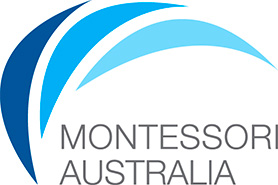
If you are interested in finding out more about how to introduce this transformational approach into your centre or school, contact Montessori Australia now!
Author: Mark Powell – Director of Education Services, Montessori Australia
